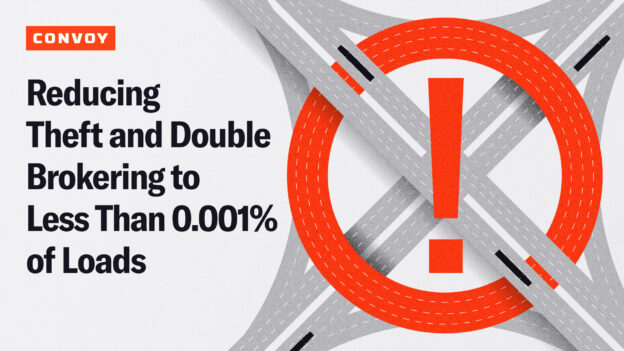Consumers are in overdrive, but factories are stalling in second gear
Freight Research, Shippers • Published on October 16, 2020
Consumer spending hit new highs in September while the industrial sector stabilized, but ultimately failed to recover its pre-crisis momentum. Data published this morning by the Census Bureau and the Federal Reserve Board beg the question: How durable is the economic recovery if America’s consumers are in overdrive, but its factories are stalling in second gear?
Retail sales posted another impressive month in September, coming on the heels of an already impressive summer.
Excluding food service and gas stations, sales were up 8% from a year earlier. Discretionary spending categories were among strongest: Department store sales increased nearly 10% from August, auto sales were up 10% from a year ago, sporting goods store sales were 15% above where they were pre-pandemic. Sales at building equipment and garden supply stores were up 19% from last September, and four of the five largest year-over-year percent gains in the data history — which begins in 1992 — have occurred since May. (Sales are building equipment stores are likely to remain strong through the winter as broad swaths of the country rebuild from historic wildfire and hurricane damage over the past two months.)
This is all remarkable given the sorry state of the labor market.
Meanwhile, the manufacturing sector has yet to fully regain its footing. Some of this is due to structural slumps — for instance, in aerospace manufacturing and in oil and gas extraction — which are experiencing the effects of the collapse in air travel and commuters now working from home. But some of it is also due to public health rules for workplaces requiring social distancing. Sectors with relatively low capital intensity and a high reliance on labor — such as furniture and apparel manufacturing — output is around 90% percent of where it stood in January; in more capital intensive manufacturing sectors such as electronic equipment and chemical manufacturing, output is now 98% to 100% of pre-crisis levels. One bright spot is the (capital intensive) automotive sector: Auto production is just shy of historic highs.
Will consumers fall back down to Earth in Q4, or will factories catch up with consumers? There is perhaps a signal in recent confidence surveys.
Recent confidence surveys point to increasingly broad-based optimism, both among households and among businesses. Manufacturing surveys from regional Federal Reserve banks generally point to reasonably strong current business conditions and strong six-month ahead expectations; Purdue University’s Agricultural Barometer Index suggests farmer confidence is toward the upper end of its five-year range; and spending expectations from the Federal Reserve Bank of New York’s monthly consumer survey suggest that spending plans are inching higher with expected spending among high earners near two-year highs. Earnings from S&P 500 companies that have reported Q3 results (as of the first week of October) have largely beat expectations.
This is not to dismiss very real vulnerabilities. A third wave of Covid-19 infections is clearly emerging, lower income households who have not directly benefited from the rebound in asset wealth are feeling the pinch, and many businesses — particularly small- and mid-sized companies — remain exposed. October data from the Federal Reserve Bank of New York’s Empire State Manufacturing Survey showed that input prices are outpacing consumer prices — meaning that manufacturers are either eating what they expect to be temporary supplier cost pressure, or will have to pass those higher costs to their customers in the near future.
If anything, 2020 has shown us how quickly reality can shift. The real test will be if recent buoyant sentiment persists and begins to translate into hiring and capital investment decisions.
View our economic commentary disclaimer here.



